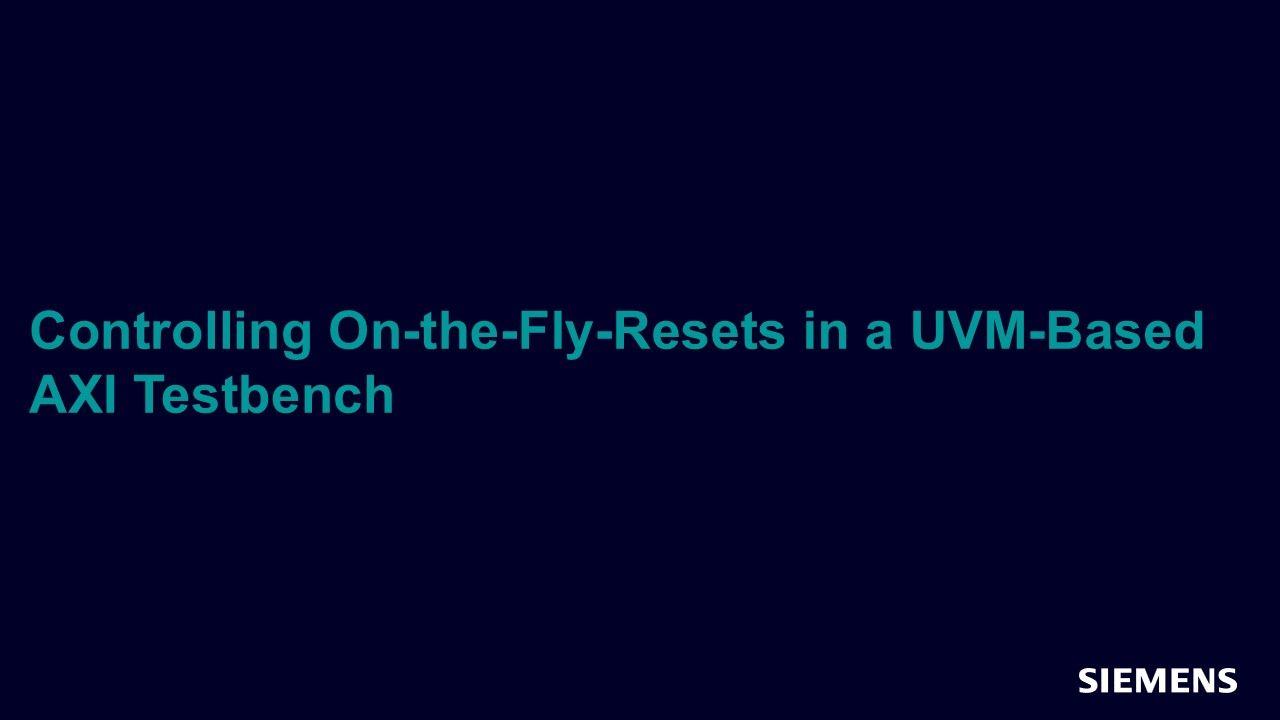Controlling On-the-Fly-Resets in a UVM-Based AXI Testbench
This article describes techniques for modeling UVM testbench components in an AXI-based environment. It also covers handling the stimulus generation unit (uvm_test) required to re-generate the DUT traffic without using phase jumps. Note that this technique can be applicable to other UVM-based testbench environments.

Full-access members only
Register your account to view Controlling On-the-Fly-Resets in a UVM-Based AXI Testbench
Full-access members gain access to our free tools and training, including our full library of articles, recorded sessions, seminars, papers, learning tracks, in-depth verification cookbooks, and more.